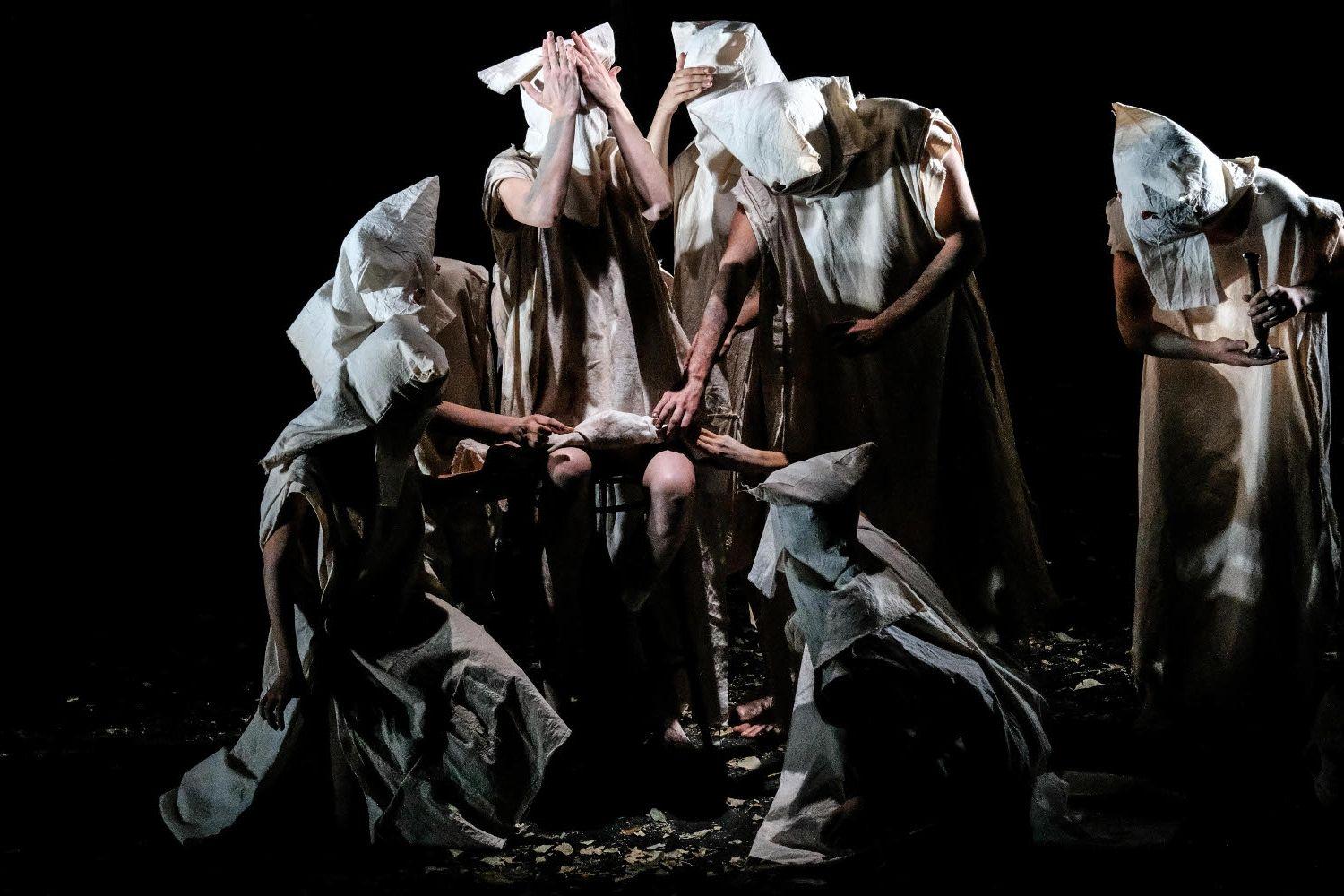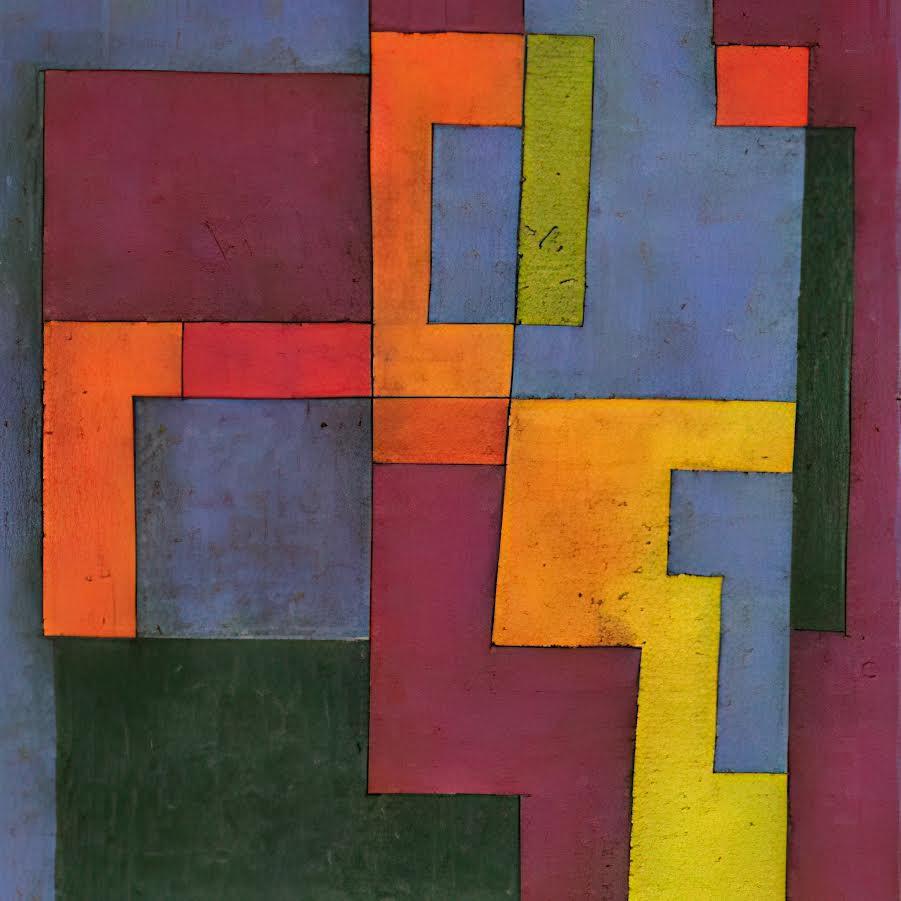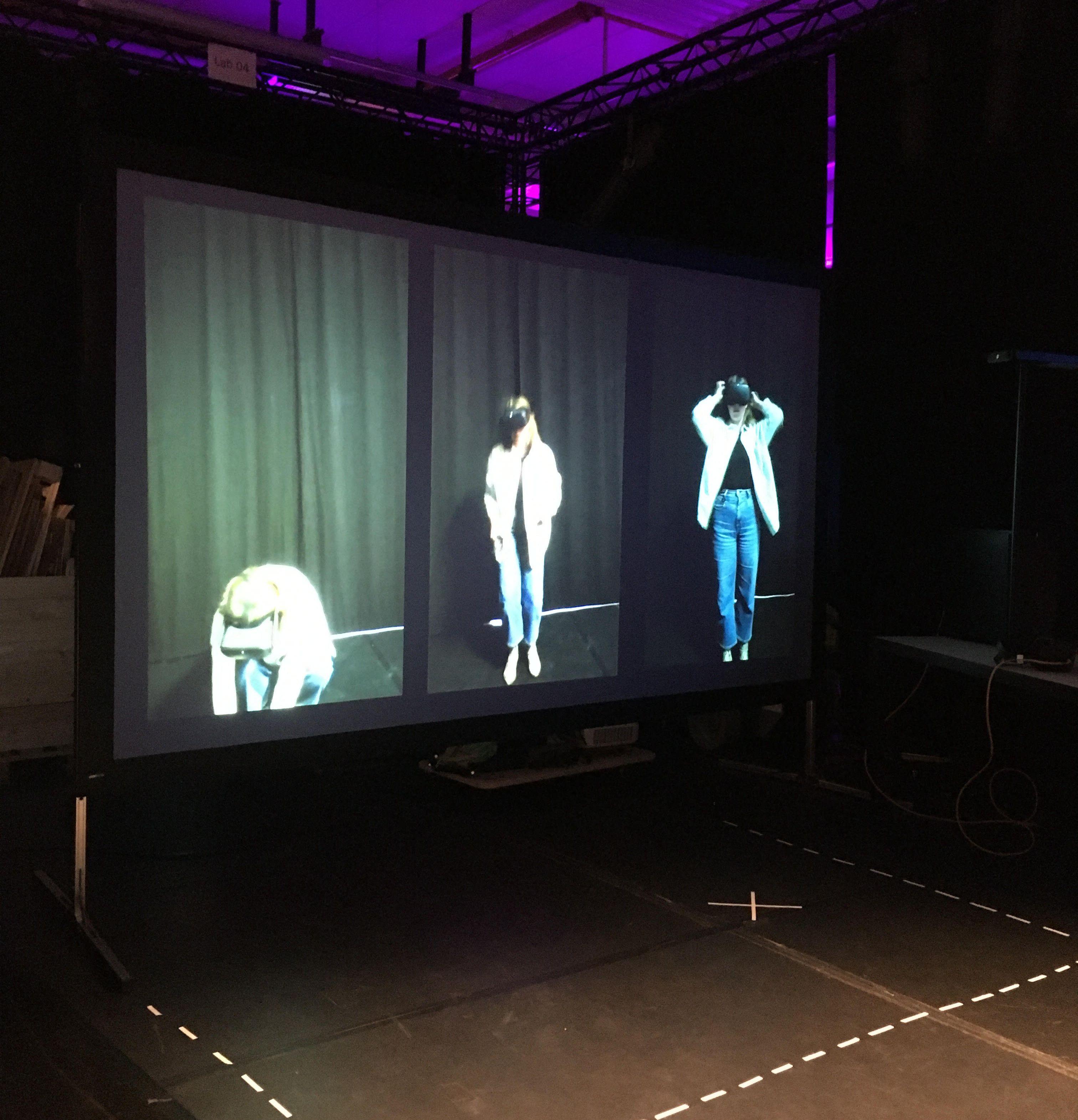The Best of all Worlds
completedPlayOn!

Summary“Play, vote, choose and build the best of all worlds with us.”
Sofia is 17 years old. One day she gets out of bed and discovers that the air outside the house is unbreathable and the earth is sick. Someone buried poison in the field behind her house and the health of her small ecosystem is at risk. However, Sofia does not allow herself to be paralyzed by fear and decides to investigate the origin of this environmental disaster.
What she will discover during her investigation will test her certainties by opening the way to a moral dilemma that sheds light on an uncovered nerve in our society: does the interest of the community come first or that of the individual? What are we willing to give up to get to the bottom of what we believe is right?
Sofia, like all heroes, has a road paved with trials but can count on the support of two trusted companions, her friend Chen and a pastry chef uncle who stuffs her with sugar. But the essential sidekick, the active accomplice of every choice of the protagonist is the audience in the room. ___________________________________________________________
An Elsinor Centro di Produzione Teatrale production as part of the Creative Europe project PlayOn! in collaboration with Game Science Research Center and Unimore
Introduction
How to make theatre similar to a video game? This is the question behind the making of The Best of Worlds. A show that explores points of contact between theatre and narrative game design to create something innovative to address the audience of teenagers.
Boys and girls via social media, YouTube or Netflix are constantly deciding what to watch, how to comment, who to interact with. But how to give choice a deeper value again?
What technology was the focus of the work and why?
Twitch, video scenography, mentimeter.
Together with Sofia, the protagonist of the show, the audience with questions and related choices will have the opportunity to realize the best of worlds, in a crescendo of interactions that double as dialogue: the theater and the cell phone.
What did you hope to explore in terms of technology, form, and content?
That black mirror that the children always have in their hands is the medium through which they can direct the story. An opportunity to apply ethical choices and express their ideas about what kind of world they want.
The show is punctuated by Cugeeno Bennati's video-scenes, with videos, music, graphics, recalling the world of video games with the presence of games and quizzes, which alternate with theatrical scenes.
Tying Sofia's story together is the theme of ecology, because the battle of eco-sustainability belongs to the new generation: they are the activists of Fridays for Future.
The adventure of a teenage girl studying online because of COVID, in whom all the audience is able to recognize themselves, thanks to everyone's support, can confront the Premier of her country. But will we be able to provide Sofia with the words to defend her garden? Will we be able to build the best of all worlds together?
Michele Di Giacomo

























